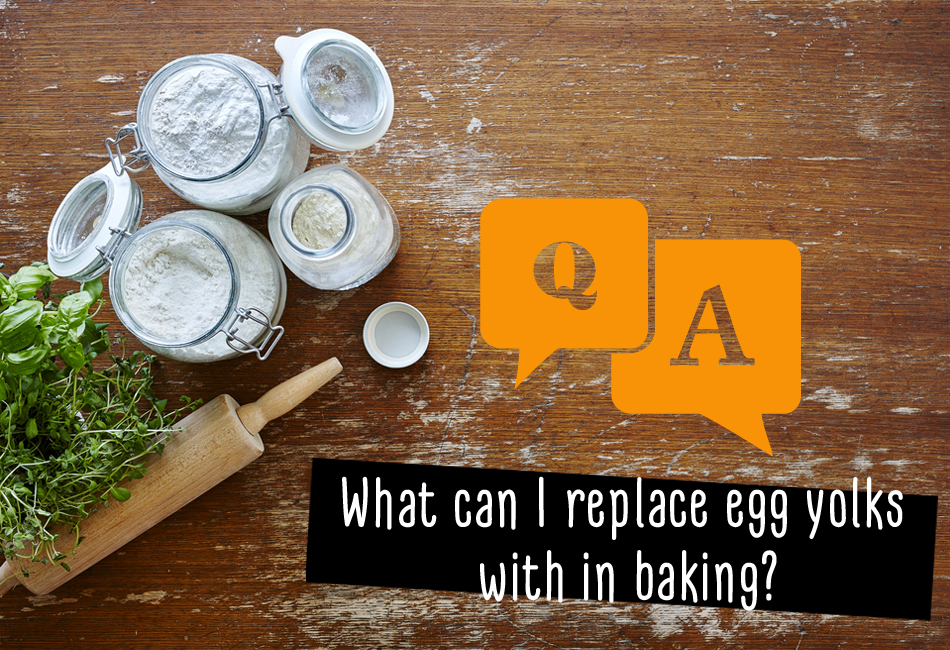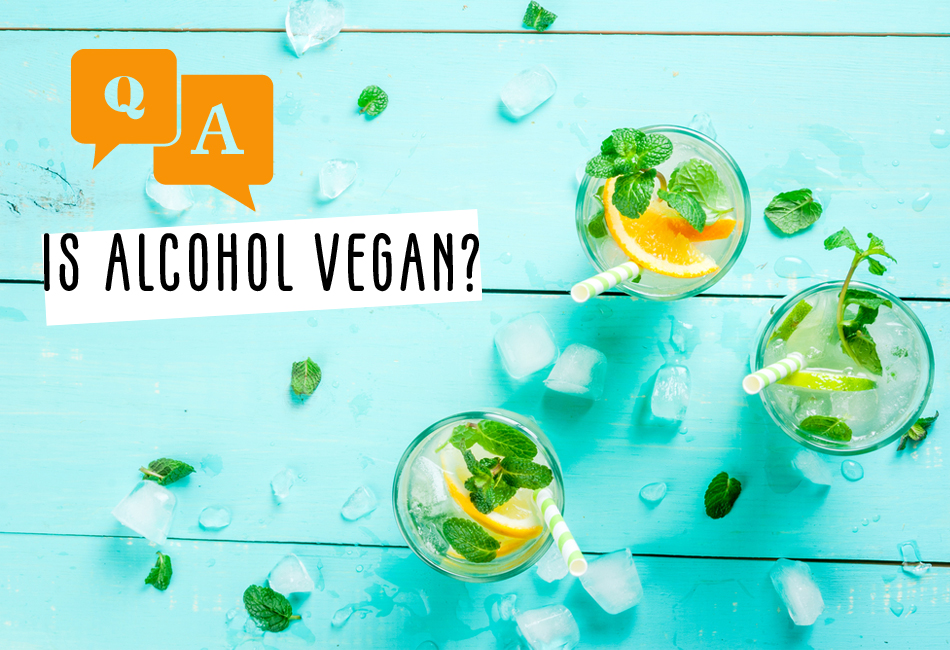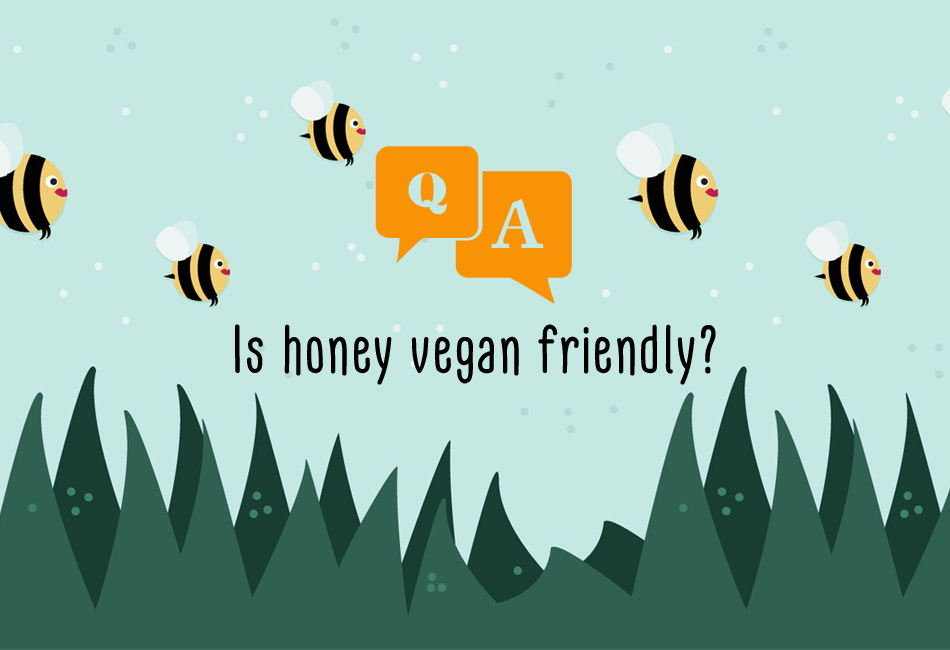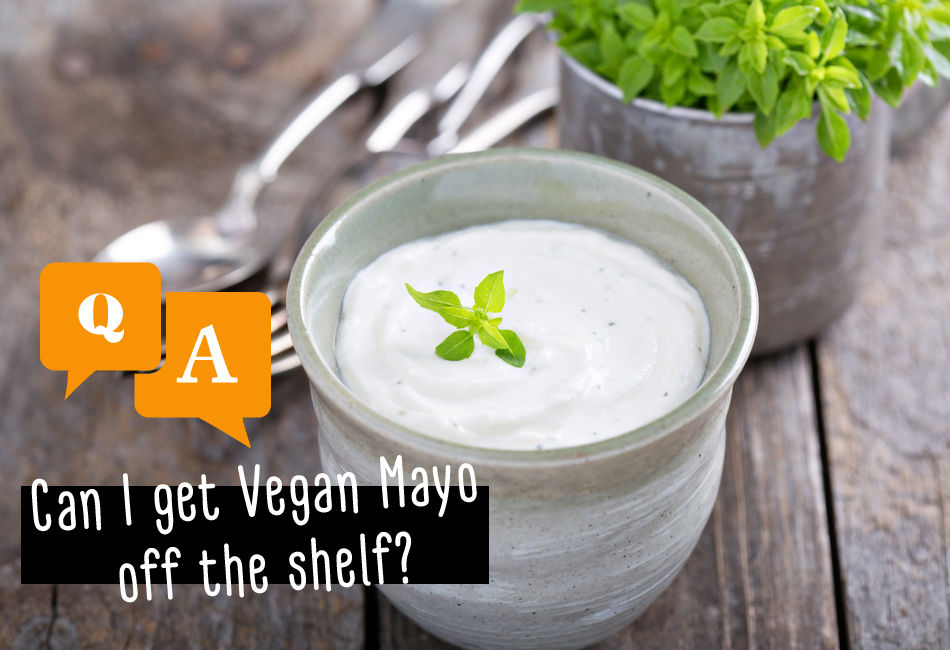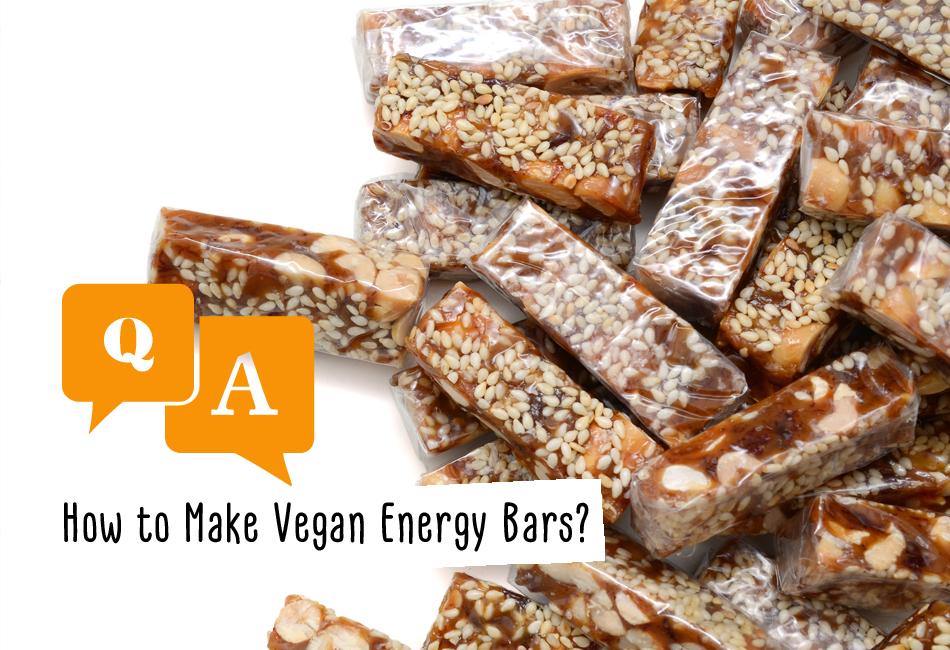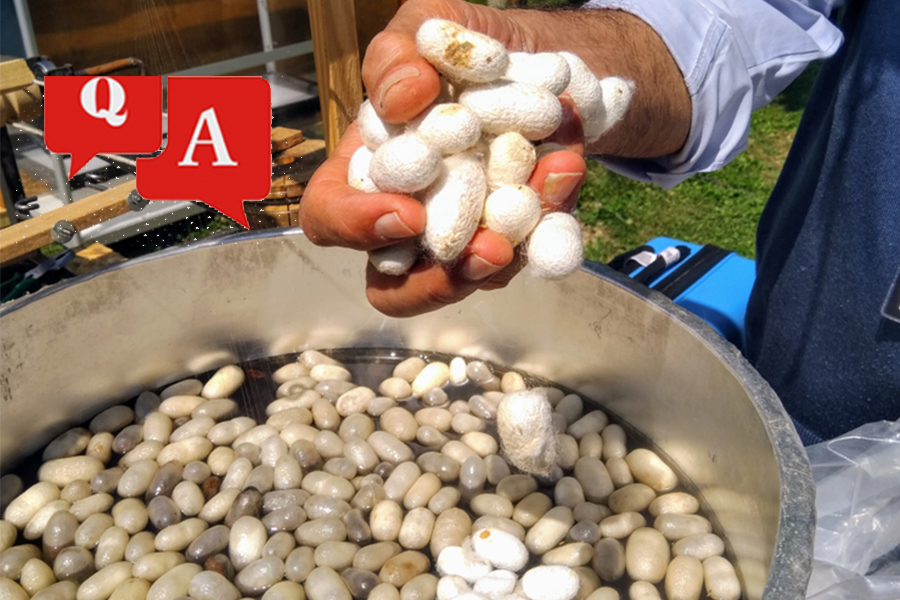Download Free Vegan Starter Kit -

Q&A: Is Bone China Vegan?
“Tomorrow, my friends from South Delhi are coming home for dinner, fetch the bone china dinner set from the cupboard!” You might have often heard such statements in households, as this type of dinnerware is usually the expensive, fancy kind, used when some important guests visit. It’s supposed to scream wealth and high status and also acts as an heirloom in some families and is passed down over generations. BUT it’s not vegan or even vegetarian-friendly!
Turns out that the bone in bone china quite literally means that it’s made from bones of animals that are bred and killed for their flesh (meat)! But no, it didn’t originate in China, it’s just china(ware). Although coincidentally, China is probably one of the world’s biggest manufacturers of bone china now!
What is Bone China?
Chinaware or just china, refers to fine and ornamental ceramic tableware. It is usually used interchangeably with porcelain, although according to kitchn.com, there seems to be a slight difference in firing temperature – porcelain is a little harder and stronger than china.
It is made from combining four main materials: clay, kaolin (a white clay first discovered in China), feldspar and quartz. Then, by standard pottery practice, the piece is shaped, molded, cast and fired at different temperatures to make it sturdy enough for decorative/functional use. This sounds pretty vegan, because it is!
But someone in Britain, in the 1700s, thought of adding to the starting clay mixture, some bone ash from farm animals’ bones, to make the end product – ‘bone’ china – stronger and whiter, yet maintain the delicate look and finesse. It also makes the china milky-white (luxurybonechina.com) and translucent, enough that we can see light pass through it. In fact, that is the best way to differentiate bone china from regular china and porcelain – more on that later.
Bone china pieces contain a minimum of 25% bone ash, usually more than that – close to 40-50%. They are hand painted and come with a special set of washing and care instructions.
But Where Does This Bone Ash Come From?
Discarded bones of animals in slaughterhouses are taken, the flesh and ‘glue’ (this glue also has some applications in other industries) sticking to them are removed and the raw bones are ‘calcined’, i.e, heated to high temperatures of 1000°C to 1250°C, this is done to remove organic materials and make it ‘usable’ and it also sterlises the resulting product, when ground to powdered form is called bone ash and is one of the main raw materials for ‘bone china’. The main chemical constituents of bone china are calcium oxide and phosphorus pentoxide.
'Spode' is one of the oldest makers of bone china, who probably set the industry standard for its manufacturing too. According to spodehistory.blogspot.com, An early 19th century manuscript in the Spode archive specifies the type of bone required:
“This is a material which requires great care in its selection, the best that can be used are the leg Bones of Oxen & Cows but on no account Horses bones as they are open and spongy whereas the former are solid.”
Some rare versions of bone china are made from human bones too!
According to recyclenation.com, Seattle-based controversial artist, Charles Kraufft, used the same process used in making bone china but instead of using cattle ash, he used the “cremains” of humans. Unlike the regular bone china tableware, which uses cow bones, this version, named, ‘spone’, by the artist doesn’t involve killing humans without their consent (who would give consent, anyway?). It is more like an artifact, made to remember the deceased loved ones and a lot of Americans are opting to get these spones made.
There are, of course, people who find the human bone practice downright abhorrent – we cannot help but wonder what their opinion on the animal bone china practice is.
Is There Any Vegan Version of Bone China?
Yes! Most other forms of tableware and ceramics like porcelain, stoneware, earthenware are vegan-friendly. In fact, due to bone china’s luxurious appeal amongst the masses, many products sold as bone china, are actually made without the bone ash. They are chemically whitened and altered to give it an appearance as close as possible to the real bone china.
Metals like copper, brass; alloys like steel; and glass are also vegan-friendly options one can look at when purchasing tableware.
We found out on veganindia.net, that the brand LaOpala’s crockery comes with a vegetarian sign and they even ran an ad campaign highlighting the same and also the cruelty involved in bone ash crockery.
How to Differentiate Between Bone China and Regular China?
Light Test: The best way to differentiate between bone china and regular vegan-friendly china is to hold the piece against torch light in a dark room. Put your hand behind the piece of china you are holding. If light can pass through it and you can see the silhouette of your hand, it is real bone china, otherwise it’s not.
Bone China is usually very expensive. Although, it’s not the most fool-proof way to know but the china which is highly priced, will usually be bone china.
According to luxurybonechina.com,
- The texture of bone china is somewhat thinner and delicate in appearance than porcelain and other china.
- Porcelain usually weighs more than bone china, which is often lighter than it looks.
- The colour of bone china is white. More the content of bone ash, more milky white is the bone china.The colour of bone china in the markets ranges from very milky white to a warmer shade and it also depends on how new it is.
Did you know that bone china is not vegan or even vegetarian-friendly? Leave your thoughts in the comments and share with your friends!
Read: Why Silk is Not Vegan?
Read More: Is Varakh Vegan?
AUTHOR

trending
2.png)
Be a Vegan First Informer
Send us buzzworthy news and updates
related
Explore
Contact Us
About Us
Stay Connected
Copyright ⓒ 2017-2023. VEGAN PASSION PRIVATE LIMITED. All Rights reserved.
For more information, please write to hello@veganfirst.com
Registered Office Address: 55, 2nd floor, lane 2, Westend Marg, Saidullajab, Near Saket Metro Station, New Delhi, Gadaipur, New Delhi South West Delhi, DL

2.png)

.png)
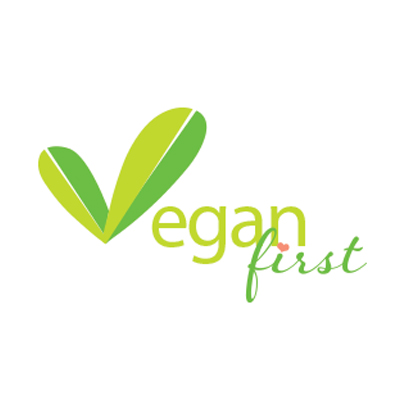
.png)
2.png)
2.png)
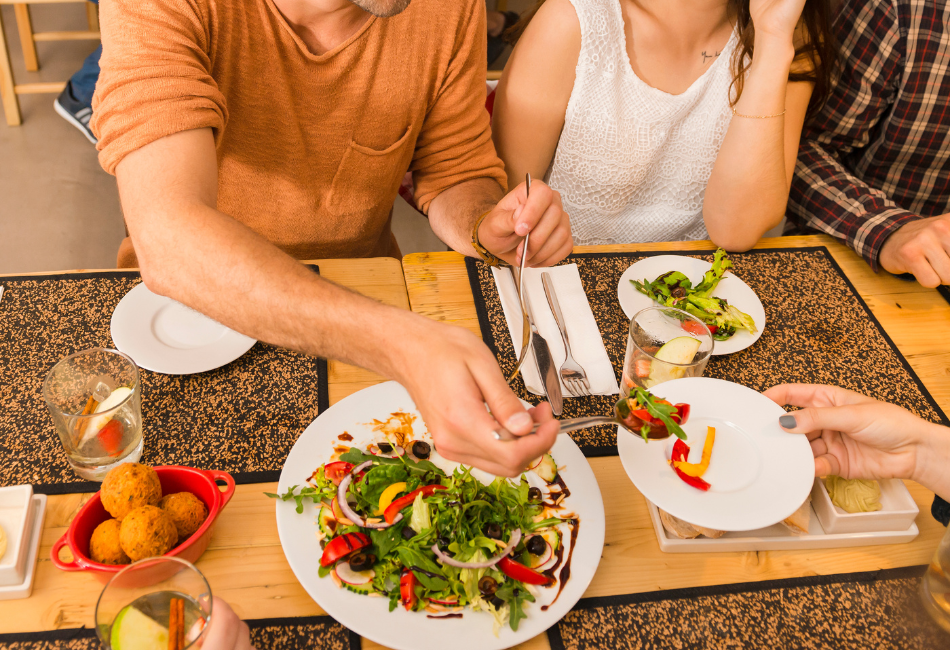

1.png)

